Cargando...
Recursos educativos
-
Nivel educativo
-
Competencias
-
Tipología
-
Idioma
-
Tipo de medio
-
Tipo de actividad
-
Destinatarios
-
Tipo de audiencia
-
Creador
Lo más buscado
- Imprimir material segundo
- Historia universal
- Rios de América
- Juegos de tablas de multiplicar educación infantil
- Actividades de repaso
- Mujeres matemáticas en la historia
- Experimentos tercero
- Guía del mundo
- Conflictos en aula
- Actividades ortografia imprimir
- Repaso de números
- Animales dibujados para P3
- Alimentación saludable en cuarto
- Clasificación del reino animal
- Actividades para religion
-

Exemples de mol·luscs
EduBook Organización
- 2223 visitas
Gasteròpodes Els cargols tenen la closca en forma d'espiral. Les lapes, en canvi, tenen la closca cònica. Bivalves Alguns bivalves, com les cloïsses, viuen semienterrats al fons. Altres, com…
-
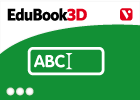
Completa un resum. Les plantes
EduBook Organización
- 2222 visitas
Escriu els següents termes al lloc que els correspon: aigua – algues – diòxid de carboni – fanerògames – fotosíntesi – falgueres – oxigen – superiors Els principals grups de plantes…
-
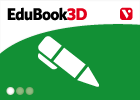
Contesta. La reproducció sexual en les fanerògames
EduBook Organización
- 2221 visitas
Recorda el que has treballat en aquest apartat i contesta: Com és una flor? Quins en són els òrgans externs? Per què diem que els estams són els òrgans masculins de la flor i que el pistil…
-
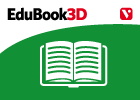
Introduction - Prehistory
EduBook Organización
- 2218 visitas
Prehistory is the first period in human history. Prehistory began when the first humans appeared between two and three million years ago. It ended when humans invented writing almost 6000 years ago.…
-

-
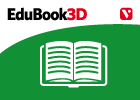
Sponges, cnidarians and echinoderms
EduBook Organización
- 2215 visitas
Sponges Sponges are the simplest type of animal that exists. They live in water and are attached to rocks on the seabed. Sponges are often irregular in shape. Their bodies have lots of small holes that…
-
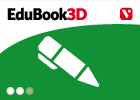
Answer. From childhood to old age
EduBook Organización
- 2228 visitas
Remember what you have studied in this section and answer the questions: What does a baby learn in his or her first year of life? At what age does puberty start in boys? And in girls? What do we call…
-
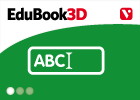
Complete. Fertilisation
EduBook Organización
- 2222 visitas
Complete the text about fertilisation with the correct words: internal reptiles ovum Internal mammals female external Fertilisation of the by the sperm takes place in one of two ways: inside the body of…
-
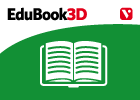
Introduction - Energy
EduBook Organización
- 2229 visitas
The Sun is the Earth's main energy source. The Sun provides plants and animals with light and heat. This means that they can grow, develop and live on Earth. Heat energy has other effects on…
-

Describe. Fauna de nuestra Comunidad
EduBook Organización
- 2226 visitas
Lee la ficha sobre el conejo. En ella se indican sus características y sus costumbres. Luego, observa la ficha del otro animal que aparece fotografiado y complétala con sus datos:
Te estamos redirigiendo a la ficha del libro...













